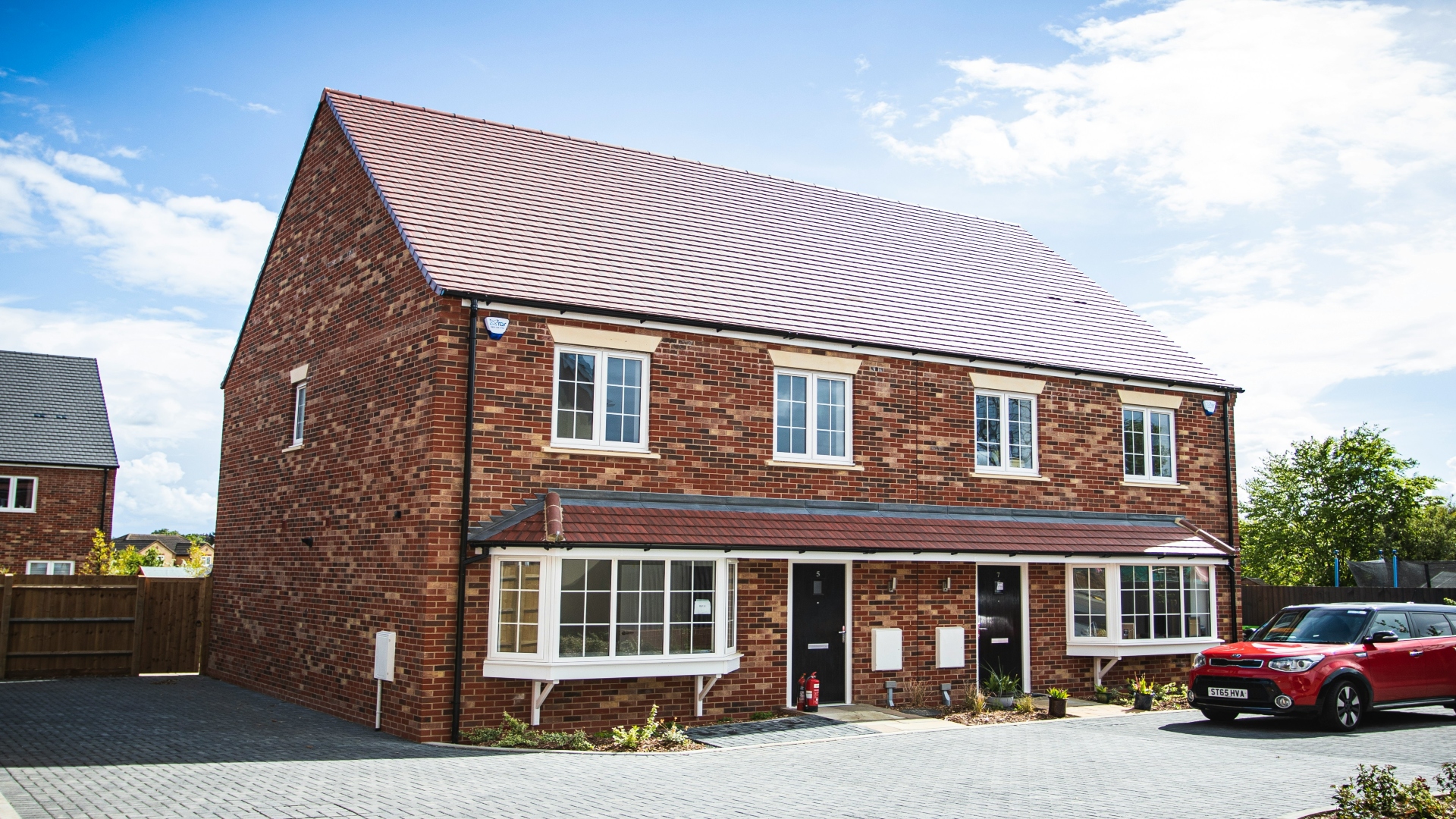If you know anything about UK housing and UK construction, you’ll know it was, for want of a better word, a mess. The experts were calling it a crisis, but we’d call it a shambles. Alas, it’s 2024, and times are changing. The plan was for the government to build 300,000 thousand houses in 2023 – the UK Government data reveals they constructed 234,400. It wasn’t the target, but, come on, it’s the UK government. It was close enough. And now the reports show the market is finally stabilising.
Read on to learn more about it.
Stabilisation in Construction Activity
Recent data indicates a stabilisation in UK construction activity – finally. It’s primarily driven by a modest uptick in demand catalysed by falling inflation (also, finally) and the anticipation of interest rate cuts.
The S&P Global/Cips UK construction purchasing managers’ index (PMI) reported an increase to 49.7 in February from 48.8 in January, suggesting a slow improvement though still under the expansion threshold. This stabilisation is a positive signal. It hints at a potential gradual recovery in the construction sector – something that became essential for housing market growth.
Enhanced Material and Supply Innovations
As the UK construction industry shows signs of stabilisation and growth – especially in the residential sector – there is an increasing emphasis on utilising innovative and efficient building materials. If anything, we’d say this is where the construction industry sometimes fails. They look for speed rather than quality. The industry is seeing a growing preference for materials that contribute to faster, more reliable, and sustainable construction practices.
Tools and materials they’re utilising include precast concrete retaining walls, modular housing components, and eco-friendly insulation materials – they’re all enhancing construction efficiency and sustainability.
Resurgence in Residential Construction
A notable recovery in housebuilding has been one of the saviours – the PMI for residential construction rose to its highest level since November 2022 to 49.8, up from44.2. This resurgence is thanks to decreasing inflation and a rebound in consumer confidence we mentioned previously. It’s finally encouraging investment in housing.
The increase in new orders for residential construction suggests that more individuals are willing to commit to new housing projects, reflecting growing optimism about the future of the UK economy.
The Impact of Interest Rate Expectations
The Bank of England’s signals that it may (not guaranteed) cut the benchmark rate from a 16-year high have impacted the construction sector. Lower interest rates are expected to ease mortgage rates and boost residential demand – people might actually be able to afford the houses they’re building. This potential financial relief is critical when the market attempts to regain momentum and could significantly enhance buying power.
As the UK housing market moves into 2024, it’s at a crossroads between recovery and ongoing economic adjustment. The sector’s ability to sustain its current momentum will depend heavily on macroeconomic stability and the effective management of domestic and global challenges – we didn’t mention the current supply chain issues, but this article will explain it for you.





























